Features of growing Japanese medlar: from seed to fruiting
At home, fruit trees and shrubs not only look impressive, but are also capable of producing fruits that easily replace purchased ones and can compete with them in quality and taste. Medlar Japanese is a fruit tree that takes root only in a subtropical climate, but grows calmly at home in a pot.
Growing an exotic fruit at home is not an easy task, but doable. If you follow all the necessary conditions, then you can collect juicy fruits directly from your home bush.
Fruit with a mysterious name
Japanese medlar, or lokva, is an evergreen plant native to the tropics. The ornamental value of the plant lies in its snow-white inflorescences. Budding continues for a long time, the room is filled with a pleasant light aroma.
The fruits of the medlar are small, round, covered with a thin skin. They are similar in color to apricot, they taste sweet and sour. Up to five seeds are placed inside the pulp. The fruits are tied in November and ripen by the end of spring.
The Japanese medlar does not take root in the open ground of the middle lane, but it develops successfully in indoor conditions. The maximum height of a house tree is 1.5 m. You can grow a medlar yourself from a fruit seed, its fruiting begins at 4-6 years of age.
How to plant a medlar bone
To plant a medlar, you will first need to prepare the core of the bone: stratification and scarification.
Preparing the seed for planting:
- The seed (bone) must be removed, washed from the pulp and dried for several days. For better germination, it is recommended to keep the seeds in a cold place for about 3-4 months.
- Scarification is a mandatory procedure before being placed in the substrate, otherwise the hard shell will not allow the sprouts to break through, and the seeds will hatch only in the second or third year. It is easy to remove with sandpaper. The seeds are placed between two sheets and processed within 5 minutes. A file will also work.
- Now you need to put the seed in water and leave it for three days. This will speed up their germination. It is better to discard those seeds that float up by the end of the term: they are unlikely to grow out of them.
- Any pot is suitable for planting, but always with drainage holes and a pallet. For a start, containers with a diameter of 7-9 cm are taken. Medlar does not tolerate stagnant moisture, but frequent watering will be required.
- The composition of the substrate for germinating loquat seeds: peat, sand, humus and leafy earth in equal proportions. The soil is prepared independently, or a substrate for seedlings is purchased at a flower shop.
Landing technology:
- Planting seeds of Japanese medlar at home is carried out in the spring.
- Drainage is placed at the bottom of the pot, soil is poured on top.
- Before the seed is immersed, the substrate is abundantly moistened so that the water flows out of the drainage holes.
- The nucleolus is embedded in the ground to a shallow depth of 1.5-2 cm.
- The container is covered with polyethylene or a transparent lid to keep warm. The shelter should be lifted daily for ventilation, this will exclude the appearance of mold. During ventilation, the accumulated condensation must be removed from the cover or foil.
- Before seed germination, the soil should be watered at least 3 times a week. Additionally, the topsoil is moistened daily with a spray bottle. Seedlings appear no earlier than 3 weeks after planting. Sometimes you have to wait several months, and sometimes the seeds do not germinate at all.Regardless of the timing of the emergence of sprouts, the soil in the pot is kept moist, and the polyethylene is not removed.
In one pot, as a rule, one is planted, less often several seeds at once. If the first method is used, then the picking procedure is canceled. Experienced gardeners do just that, immediately picking up a larger pot. The pick harms the fragile roots of the medlar.
Exotic care: where to put the pot
With the appearance of sprouts, the shelter is removed. The pots are placed in a warm, bright room, the best option is the sill of the south or southeast window. If there is not enough natural light, then daylight hours are extended artificially using a lamp: abundant flowering is possible only in direct sunlight. The air temperature in the room is kept at + 18 ° C. In summer, it is recommended to take the pot out to the balcony or to fresh air, this will promote active growth.
Advice
Despite the fact that the medlar is photophilous, young plants should be protected from direct sunlight. Until the sprouts get stronger, they should be kept away from the sunny windowsill.
Picking and further care
When the medlar has 3-4 true leaves, it's time to start picking. Adult trees prefer nutritious soil, therefore, for further cultivation, a soil mixture is prepared from leafy earth (2 parts), sod land (1 part) and sand (0.5 part). The sprouts are moved by the transshipment method - they are dug in together with an earthen clod. A drainage layer must be placed on the bottom of the new box.
Necessary conditions for the growth of indoor medlar:
- Watering during the growth period is done 3-4 times a week, the soil is kept in a slightly moist state.
- During the rest period, slight dryness of the soil is allowed; at this time, the plant does not require a large amount of moisture.
- Water for irrigation should be slightly warmer than indoor air.
- After each introduction of water, the soil needs to be loosened a little.
- Air humidity is maintained at a sufficiently high level. It is recommended to place a pallet with wet moss, expanded clay and pebbles next to the pot. The moisture will gradually evaporate.
- Once a month, the medlar is bathed - placed under the shower.
- For good growth, exotic plants will need additional feeding. The fertilization period is from April to early autumn. Young trees need to add a mineral complex every 3 weeks. For adult specimens, 2-3 dressings per season are enough.
Advice
For the winter, it will be nice to remove the pot of medlar on the balcony (if the temperature does not drop below +5) to ensure a dormant period. Watering in this case stops.
Transplant and formation of a bush
When the plant already has three pairs of leaves, it begins to form. To make the plant branch, pinch the top of it. After that, lateral shoots begin to actively grow, forming a lush bush. If it is a tree that is needed, then they do the opposite: the side branches are removed before they become lignified.
Aesthetic pruning is done once a year after harvest. Ornamental shrubs of a round shape are well formed from the medlar. Periodically you need to remove dried branches and leaves.
Advice
Pruning is carried out strictly after the fruits are harvested. If you are late, the tree will not lay new flower buds.
Young plants are transplanted into new containers every year. Pots are selected about 5-10 cm wider than the previous ones. In order to painlessly move the bush, it is dug up along with a clod of earth. A little fresh soil is poured into the bottom of the new container, then the plant is placed on top. The remaining voids are filled with fresh soil.
The best time for the procedure is after the end of fruiting. At this time, the plant will react less painfully to the change of location. When the medlar is five years old, the frequency of transplants is reduced to one in several years. Instead of changing the pot, it is enough for an adult plant to renew the topsoil once a year with the onset of spring.
How to use the fruit
The fruits of the Japanese medlar contain large quantities of valuable substances:
- vitamin A,
- B vitamins,
- vitamin C,
- iodine,
- potassium,
- manganese,
- selenium,
- magnesium,
- calcium.
Medlar is a non-nutritive fruit, it is included in the diet. The main value of the fruit is vitamin A, which has a positive effect on eye health. Due to the high content of vitamin C, medlar is a powerful antiviral and immunostimulating agent. B vitamins have a positive effect on the functioning of the nervous system. The fruits are recommended to be taken for the treatment of urolithiasis. The fruit normalizes digestion, helps stop diarrhea.
Culinary experts prepare compotes, preserves, jam, jam, marshmallow, marmalade, jelly and alcoholic drinks from Japanese fruit. The fruits are also eaten raw. They are included in fruit salads.
Advice
It is recommended to peel off the skin before eating the fruit. It tastes bad and is not healthy.
The fruit has a number of contraindications:
- duodenal ulcer;
- inflammation of the pancreas;
- stomach ulcer;
- gastritis;
- increased acidity of the stomach;
- individual intolerance;
- children's age (allowed in limited quantities in the absence of allergies).
Benefit is contained not only in the fruits of the medlar, but also in its leaves. Infusions are used to gargle, as a styptic and as a remedy for diarrhea. The leaves are harvested during the flowering period.
Growing a tropical fruit at home is a fun activity for a florist. A tree surrounded by care will delight the eye with luscious green foliage, lush snow-white blooms and bright fruits. The taste and benefits of the fruits of the medlar are a worthy reward for the florist's efforts.
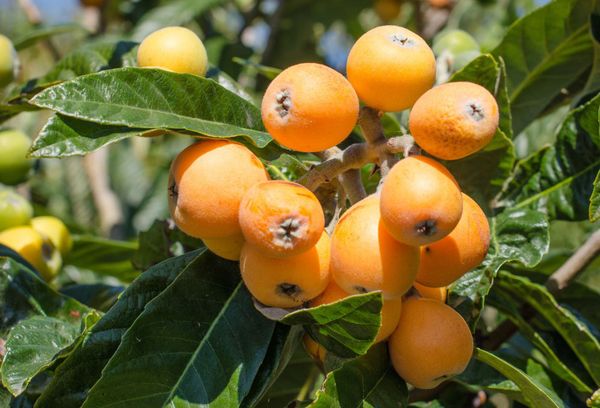
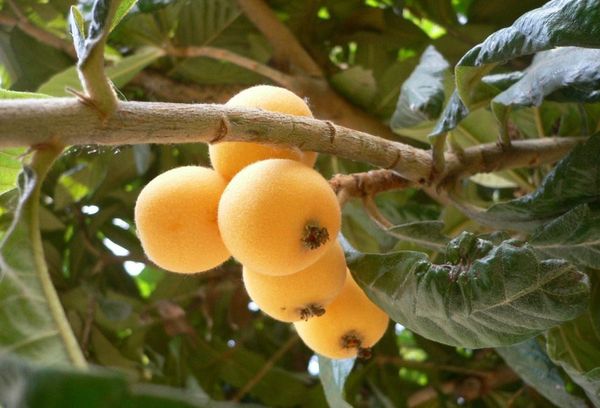
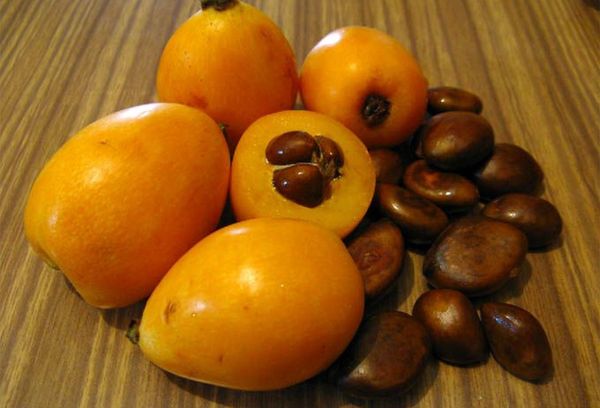
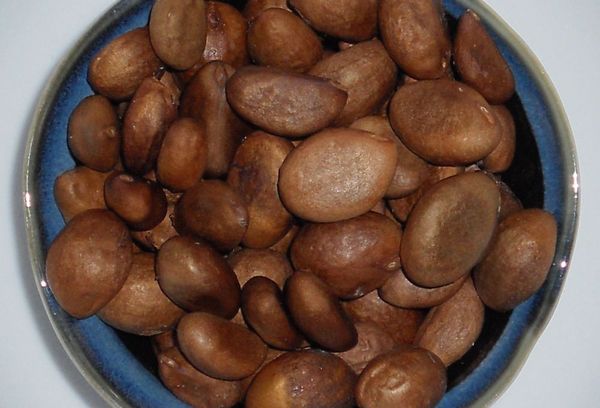
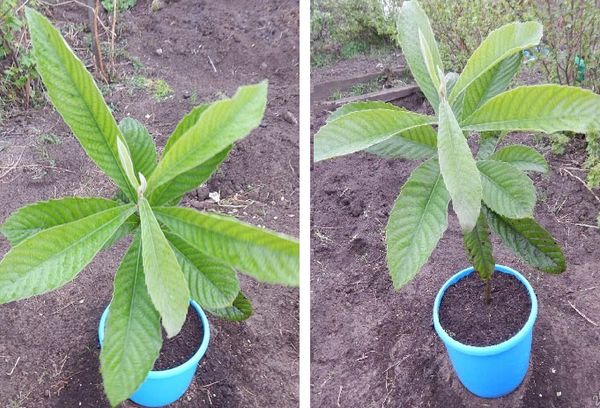
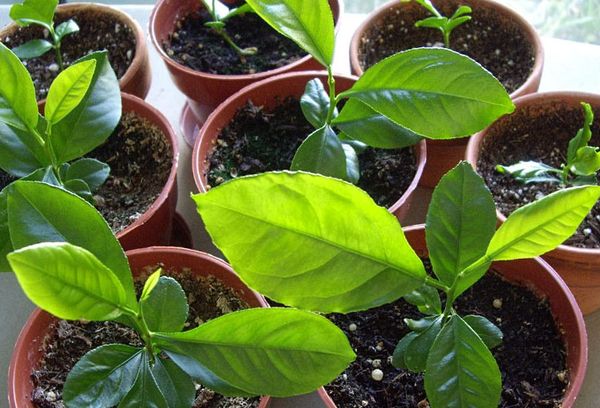
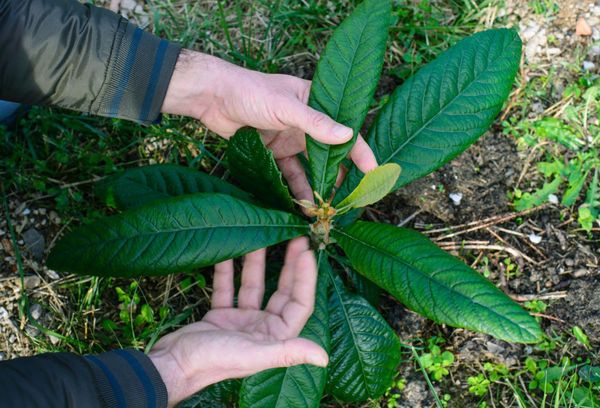
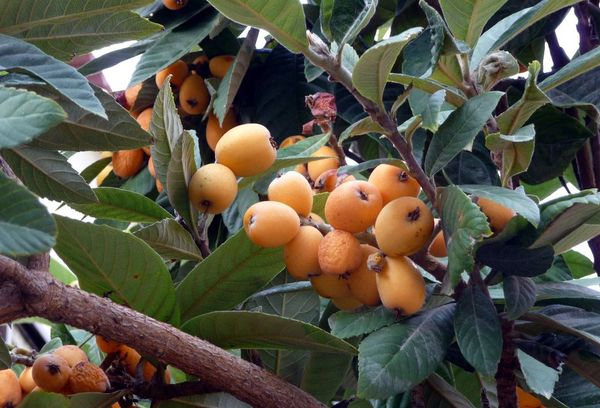
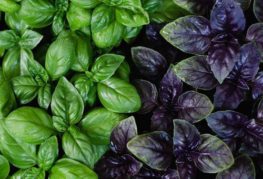
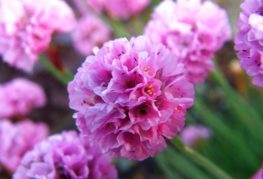
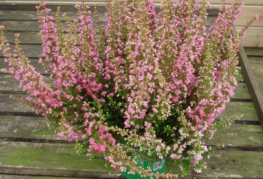
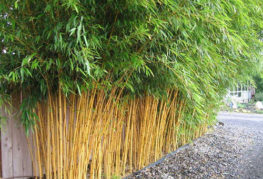
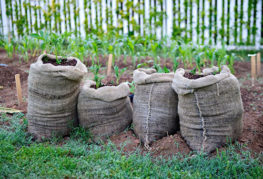
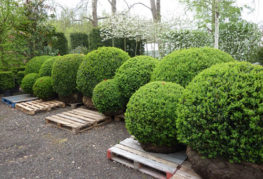
and will be published shortly.